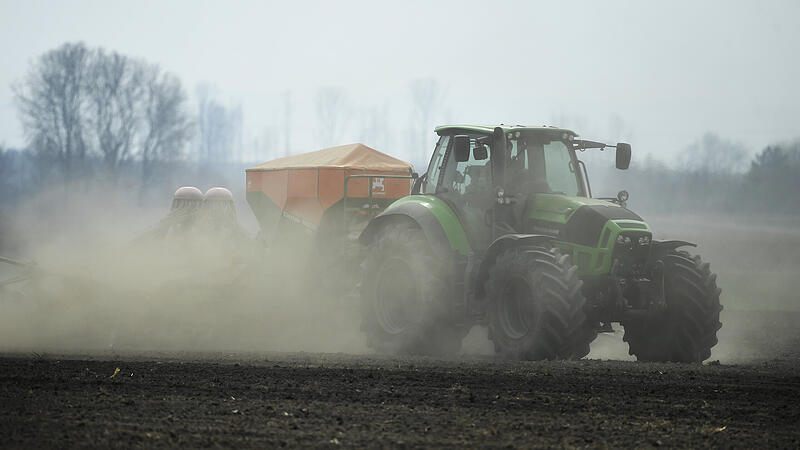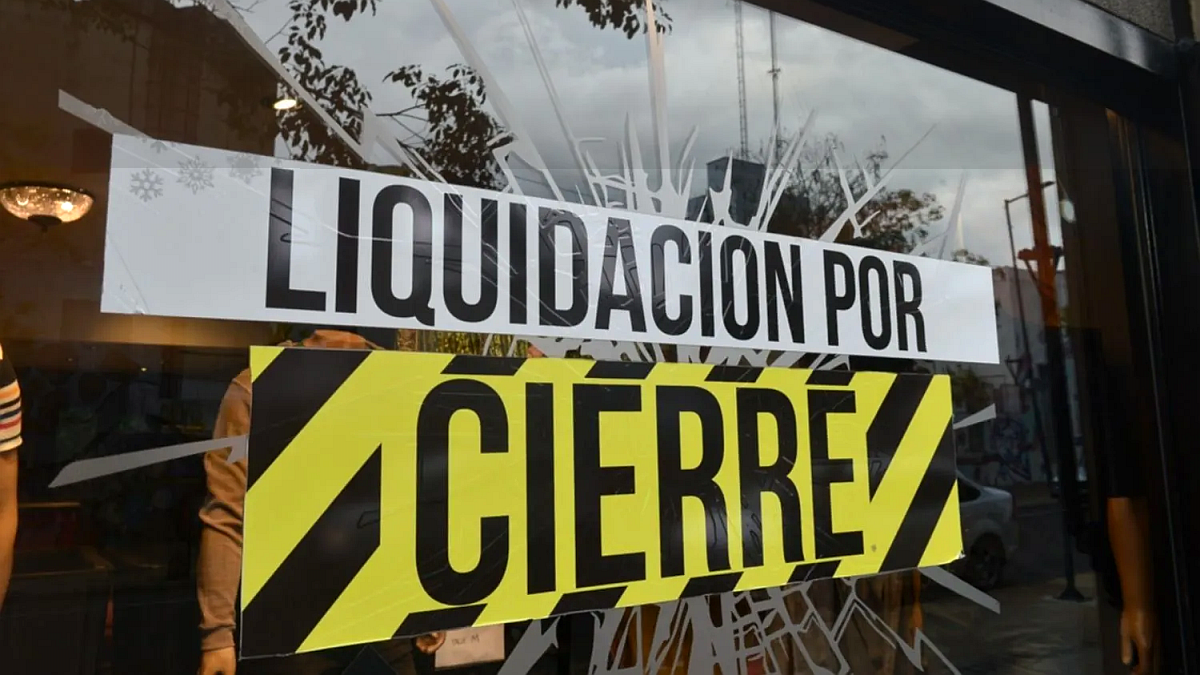Image: ROBERT JAEGER (APA)
Not only are the days of drought and thus evaporation increasing, the warmer winters are also increasing the risk of damage from frost events and the associated loss of harvest. In order to adapt to the changed framework conditions, farmers are increasingly relying on the cultivation of heat-resistant plants.
For the agrarians, the problem is complex. On the one hand, the downpours are becoming more irregular and more intense due to frequent extreme weather events. In addition, the number of hot days tends to increase, which leads to more evaporation. This makes it increasingly difficult for farmers to calculate the distribution of precipitation. The consequences are already apparent: In the dry areas – in this country these are mainly eastern areas such as the Weinviertel (Lower Austria) or Burgenland – farmers recently recorded harvest losses of between 30 and 50 percent. “In recent years we have felt a clear difference between the extremely dry areas and those areas where we find stable amounts of precipitation”said the President of the Chamber of Agriculture (LKÖ), Josef Moosbrugger, in an interview with the APA.
drought in winter
On the other hand, there are consequences for farmers due to increasing drought in winter. This is because warmer phases in the cold season mean that vegetation blooms earlier, which increases the potential damage from late frost. This is a problem, especially for pome fruit such as apricots, which are harvested in spring. “Due to the warmer winter, late frosts are an extreme danger in agriculture”said the LKÖ President.
This increases the pressure on farmers to adapt to new circumstances. For example, farmers are arming themselves with increased soil cover, the aim of which is to reduce evaporation. In addition, more and more water-saving measures are being refined. However, they also meet the challenges in particular in the area of climate-friendly management, i.e. the breeding and use of heat-resistant plant varieties.
Corn and soy are heat resistant
Maize and soybeans in particular are heat-resistant, while spring barley, for example, has to struggle with temperatures that are unusually warm for Austria. It lacks the biological properties to withstand climatic changes, as explained by LKÖ crop cultivation expert Andreas Pfaller. Accordingly, the plant forms smaller grains during drought, which makes them almost useless. “When it is dry, the quality and the yield are lacking. It is then not suitable for brewing purposes. Because of this, spring barley is more or less disappearing.”
The fact that preferences are changing is already reflected in the data from the past few years. According to Moosbrugger, spring barley used to cover an area of 100,000 hectares at peak times, but it has now shrunk to a good 25,000 hectares. The acreage of seed maize, on the other hand, has increased continuously in recent years – with a slight drop from 2021 to 2022, as the latest data from Agrarmarkt Austria (AMA) shows. In the case of soya, the use of land has more than doubled over the past ten years. “Soy is certainly the culture that has been on the upswing the most in the recent past”Pfaller noted.
Winter crops more attractive
In general, winter crops are increasingly used in order to escape the summer heat and unpredictable weather. And: “Winter crops become more attractive because they can absorb the winter moisture and start the summer with a head start”, according to Moosbrugger. Smaller specialty crops such as chickpeas and sweet potatoes are also gaining in importance. In addition, exotic species such as rice would thrive better and better in this country, added Pfaller.
With a view to the food supply, Moosbrugger gave the all-clear despite the increasing difficulties caused by the heat and drought. He pointed out that more grain is currently being produced than the market in the food sector is decreasing. The degree of self-sufficiency with grain in this country was recently almost 90 percent, a value that the LKÖ President considers stable in the long term. However, it is important to continue to make suitable resources such as pesticides available to farmers in the future, so that cultivation also pays off economically for them.
Source: Nachrichten




